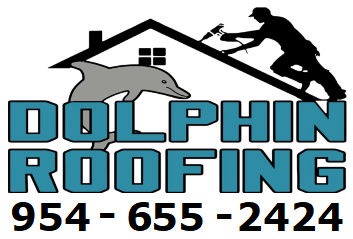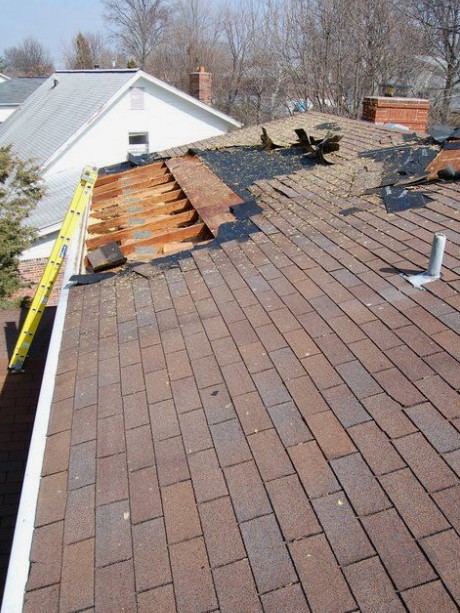- Shingle Damage: Asphalt shingles can suffer damage, including cracking, curling, blistering, and missing granules. These issues can be caused by weathering, UV exposure, wind damage, hailstorms, or poor installation techniques. Damaged shingles compromise the roof’s ability to shed water effectively and protect the underlying structure.
- Leakage: Roof leaks are among homeowners’ most common issues. They can occur due to damaged or missing shingles, cracked flashing, deteriorated sealant around vents and chimneys, or improperly installed skylights. Water infiltration can lead to water stains on ceilings and walls,
- Flashing Problems: Flashing is a thin metal material installed around roof penetrations such as chimneys, skylights, vents, and dormers to prevent water infiltration. Damaged or improperly installed flashing can lead to leaks and water damage. Common flashing issues include corrosion, rusting, bending, and detachment from the roof surface.
- Ponding Water: Flat or low-slope roofs are susceptible to ponding water, where water accumulates and forms puddles due to inadequate drainage. Ponding water can accelerate roof deterioration, leading to premature aging, leaks, and structural damage. It may also create a breeding ground for algae and moss growth.
- Tree Damage: Overhanging tree branches can rub against the roof surface during windy conditions, causing abrasion and physical damage to shingles or roofing materials. Falling branches or debris during storms can puncture the roof, dislodge shingles, or damage flashing, leading to water infiltration.
- Ice Dams: Ice dams form along the eaves of roofs in cold climates when melting snow refreezes at the roof’s edge. Ice dams prevent proper drainage and can cause water to back up under shingles, leading to leaks and water damage to the roof structure and interior of the home.
- Wind Damage: High winds can lift and loosen shingles, blow away roofing materials, or cause debris to impact the roof surface. Wind damage may result in missing or displaced shingles, torn underlayment, and compromised roof integrity.
- Hail Damage: Hailstorms can cause significant damage to roofs, especially asphalt shingles. Hail impacts can result in dents, cracks, granule loss, and shingle punctures, leading to water infiltration and accelerated deterioration.
- Animal Infestation: Birds, rodents, and insects can cause damage to roofs by nesting in or burrowing through roofing materials. Their activities may create openings for water penetration, compromise insulation, and lead to structural damage over time.
Sit amet consectetur adipiscing elit eiusmod tempor incididunt ut labore dolore Lorem Ipsum is simply dummy text of the printing and typesetting industry. Lorem Ipsum has been the industry’s standard dummy text ever since the 1500s, when an unknown printer took a galley of type and scrambled it to make a type specimen book. It is a long established fact that a reader will be distracted by the readable.




